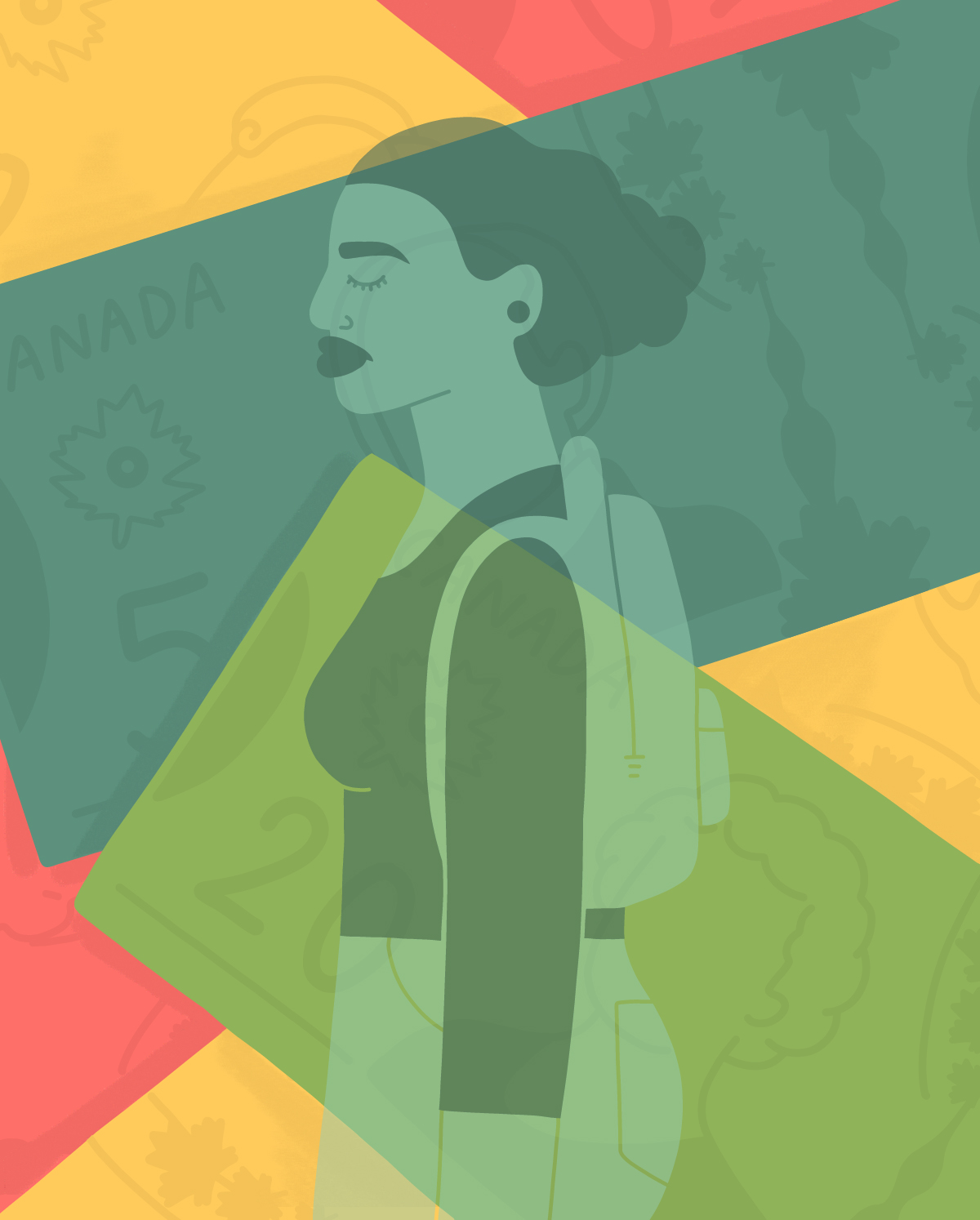A few years ago, I posted a question on Facebook that was meant to be a joke: “What’s the weirdest thing you’ve ever witnessed while lying in savasana at the end of a yoga class?” I’d just come home from one myself. The instructor had insisted on quoting Plato to everyone in the final moments, moments meant for quiet repose but instead taken up by a young white man with dreadlocks reciting the Allegory of the Cave, incorrectly, to his captive audience.
The post was meant to be a joke, but within minutes a comment thread bloomed up from friends who’d experienced everything from uninvited “massages” to having dried flowers preciously placed on their foreheads during poses. They were usually the only brown-skinned person in the room—a quiet, consistent reminder that despite yoga’s origins, to practice it in this part of the world often means subjecting yourself to the whims of oblivious, softly appropriative ideas about fitness and who gets to perform it.
At my next class some days later and a few neighbourhoods west, the instructor told us about the teacher she’d trained with at an ashram. While imparting his notes on breathing, she spoke in that pained, staccato way that people identify as an “Indian accent,” while everyone in the room laughed. Deeply, from their bellies.
With the Wellness Issue, we wanted to talk about the large spectrum of experiences in caring for a racialized body, and the range in severity and type. For every uncomfortable anecdote about an eye-roll moment at a yoga class, there are multiple alarming stories like Joy Henderson’s, about Indigenous women struggling to be treated with dignity and respect when receiving Westernized prenatal care. There are more than enough statistics to show us how racialized people of every age, sexual orientation and gender have poorer access to care and worse health outcomes: infant and maternal mortality rates, diabetes and other health conditions, poor treatment access, culturally appropriate therapy and more.
There are also stories of reclamation, of joy and pride in health and self-care practices people rediscover, pass down and proudly hold on to. In “Health Begins at Home…,” Shazlin Rahman finds peace of mind by coming to understand home, in its multiple iterations, as a source of wellness. In “Remedy in Practice: A Still Life,” Soko Negash asks five women of colour about home remedies and ways of healing they’ve grown up with.
As an idea, wellness is as malleable as it is expansive, and we’re pretty thrilled with how our contributors took on the concept. We’re also keen to hear what you think, and about what wellness means to you. Write us at ethnicaisle at gmail dot com, tweet us at @ethnicaisle or find us on Facebook.
Wishing you wellness,
The Editors
Banner photograph by Soko Negash








For centuries, community-focused care and ancestral healing knowledge have existed as practices of resistance and freedom for folks of colour.